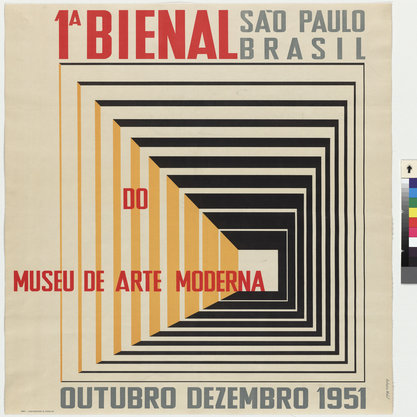Article
Kahlo, Frida (1907–1954) By Carbayo-Abengozar, Mercedes
Article
One of the most recognizable Mexican painters of the twentieth century, Frida Kahlo produced around 200 paintings, dozens of drawings and an illustrated journal. She related her works to her experiences in life: in particular, to her physical and emotional pain and her relationship with her husband, the acclaimed Mexican painter Diego Rivera. Her paintings are visual narratives in which she fuses elements of fantasy and reality, Surrealism and Mexican folklore. She is perhaps best known for her self-portraits. The life cycle is a constant concern in her art: birth, childhood, family, pain, and death; her pictorial language is characterized by a great irony and sense of humor. Her importance lies in her ability to explore taboo aspects of female experiences long before the women’s movement. She was known for her alliance to the Mexican Communist Party, and her political position influenced her paintings from her earliest years as a painter in many different ways. Her work is emblematic of Mexican national and indigenous tradition, and as a depiction of female experience. Today Frida Kahlo has become an international icon and her paintings fetch more money than those of any other female artist.

